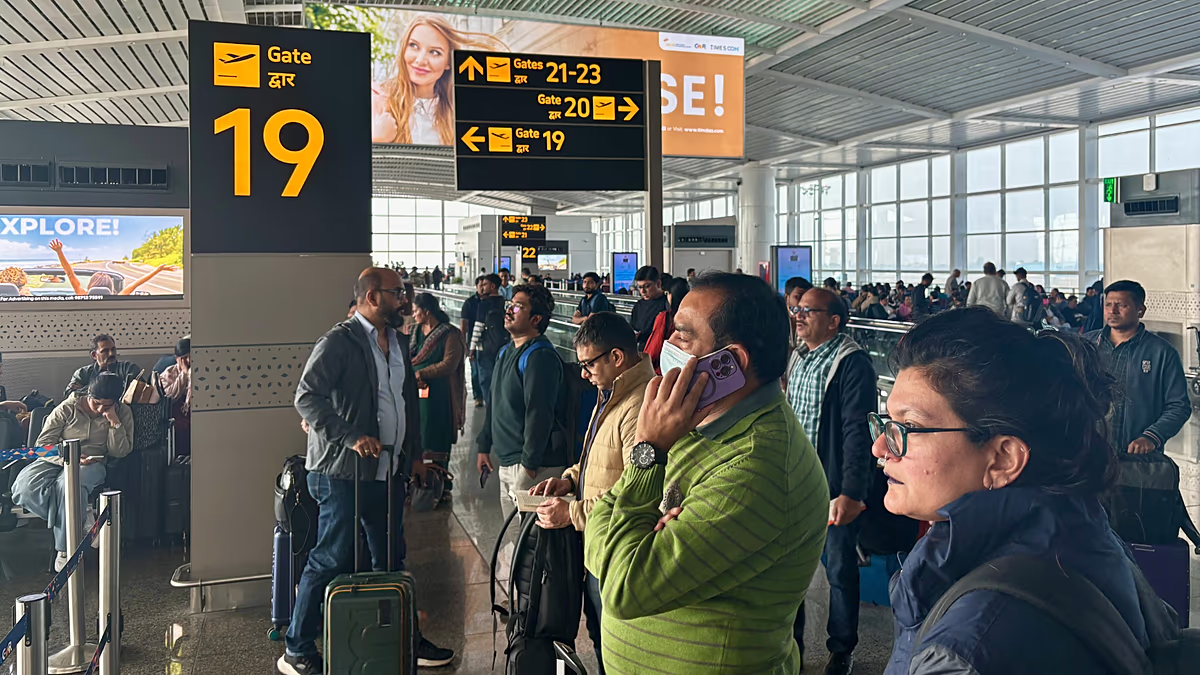Italian Ski Resort Takes Action Against Overcrowding
After experiencing unprecedented overcrowding during the summer months, a popular Italian ski resort has implemented measures to limit the number of skiers allowed on its slopes during peak seasons. This decision comes as part of a growing trend among European tourist destinations to address overtourism and ensure both visitor safety and satisfaction. Resort management noted that the extreme congestion not only diminished the experience for visitors but also raised significant safety concerns on the mountain trails.
The new restrictions will primarily affect holiday periods and weekends when the resort traditionally sees its highest visitor numbers. Officials plan to implement a reservation system where skiers must book their slope access in advance, with daily caps designed to maintain manageable crowd levels. Local businesses have expressed mixed reactions to the policy, with some concerned about potential revenue losses while others welcome the opportunity to provide a higher quality experience to visitors who do secure spots.
This move reflects the broader challenges facing popular European destinations as tourism numbers continue to recover and grow beyond pre-pandemic levels. Similar measures have been implemented in various Italian coastal towns, Venice, and other Alpine resorts where infrastructure and natural environments struggle to accommodate unlimited visitor numbers. Environmental advocates have praised the decision, noting that controlled access will help protect the mountain ecosystem while also preserving the authentic experience that attracts visitors in the first place.
For travelers planning to visit the resort, these new limitations mean advance planning will become essential, especially during Italian holiday periods and winter weekends. The resort management has promised to prioritize guests staying at local accommodations when allocating skiing permits, a decision aimed at supporting the local hospitality industry while discouraging day-trippers who contribute less to the local economy. This approach mirrors successful models implemented in other exclusive ski destinations across Europe and North America.
The resort’s decision has sparked a wider conversation about sustainable tourism throughout Italy’s popular Alpine region. Regional officials are now considering a coordinated approach that would balance tourism demands with environmental protection and the quality of life for local residents. Some neighboring resorts are watching closely, with several indicating they may follow with similar crowd management strategies if this initial program proves successful.
While some critics have characterized these restrictions as elitist or exclusionary, resort representatives emphasize that their goal is to preserve the skiing experience for everyone rather than cater exclusively to wealthy visitors. They point to deteriorating conditions during peak periods when slopes became dangerously congested and wait times for lifts extended to hours rather than minutes. By managing numbers, they hope to ensure that those who do visit can enjoy the natural beauty and world-class skiing that made the destination famous in the first place, while maintaining the safety standards expected at a premier winter sports venue.












